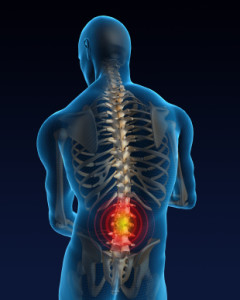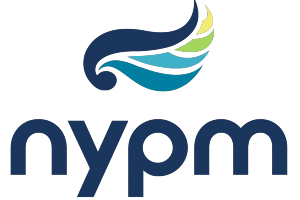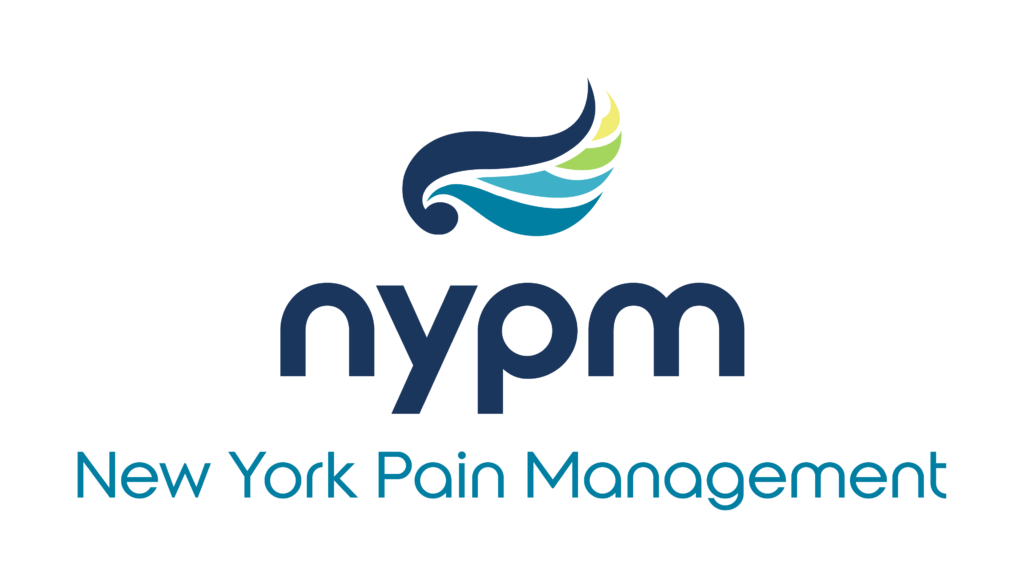Targeted Procedures for Controlling Pain
The following procedures may also help with chronic pain relief:

Injections and blocks. When a nerve is causing pain in a specific organ or body region, the pain can be temporarily blocked with an injection of a local anesthetic by producing a nerve block.
Nerve blocks may be used to diagnose the cause of pain, or as a treatment itself. Facet nerve blocks and sacroiliac joint injections are very helpful in diagnosing the cause of back pain. Nerve blocks are very helpful in treating post operative or acute pain. An injection of steroid may be very helpful in decreasing pain from sciatica, a pinched nerve, or a disc herniation. This is also known as an epidural steroid injection.
Radiofrequency ablation. In this procedure, a small area of nerve tissue is heated to decrease pain signals from that area. This is used most commonly to treat back or neck pain. The procedure is conducted under x-ray guided fluoroscopic imaging. Sedation is usually required for the success of this treatment, which is easily and safely performed in an office surgical suite. A needle is inserted at the nerve site, then an electrical current produced by a radio wave is used to heatand-destroy the nerve. The chronic pain relief lasts for a relatively long period—six to twelve months. After pain returns, the treatment can easily be repeated.
This is an outstanding and well proven therapy using advanced technology to target a painful region with few side effects and great results in experienced pain centers. Unfortunately, there are some insurance companies that have not been able to keep up with these advancements and are in need of education.
Trigger point injection. Trigger points or trigger zones are very tender locations in muscle or connective tissue. These zones cause pain to radiate outward from a “trigger” location affecting adjacent muscles or regions.
During the injection, a local anesthetic or numbing solution is injected into the trigger point to relieve the pain. This procedure is very safe in experienced hands and often quite effective. Repeat injections are often necessary to control the pain.
TENS therapy. Transcutaneous electrical nerve stimulation (TENS) therapy is helpful for short-term and occasionally long-term pain relief. The treatment involves a small device or unit to deliver low-level electrical current to help minimize pain. TENS is especially helpful in treating various types of muscle pain and some nerve pain.
Pain pacemakers. Otherwise known as peripheral nerve or spinal cord stimulators, a pacemaker-type device is used to alter pain signals. They are a kind of an internalized and targeted TENS unit. Very low-level electrical impulses are delivered to the spinal cord or to specific nerves, which minimizes pain signals being sent to the brain.
Spinal cord stimulation is often used when other treatments have failed—as with failed back surgery or other nerve pain conditions. It is also very effective when there is poor circulation in the hand or foot. When more conservative measures fail for many types of pain, the stimulator may be very effective. If a temporary stimulator works well, then a permanent stimulator is used. Once implanted, the patients are able to control the stimulation by turning it up or down, or changing the targeted area.
Surgery. When conservative care, including the approaches outlined above, is unsuccessful, surgery may be helpful. Neurosurgeons and orthopedic spine surgeons may remove disc herniations, remove the pressure on pinched nerves, or stabilize unstable regions of the spine.
For additional questions on this subject or other chronic pain questions, and how we can possibly help you, please feel free to contact Dr. Gordon and Dr. Phung via email at info@ successmagazineltd.com. New York Pain Management has board certified pain physicians working for you.
We have locations in Clifton Park and Queensbury and more information can be found on our website at https://www.nypainfree.com.




